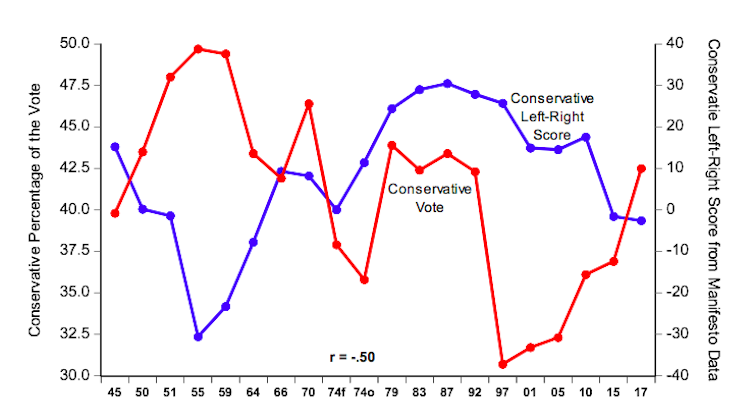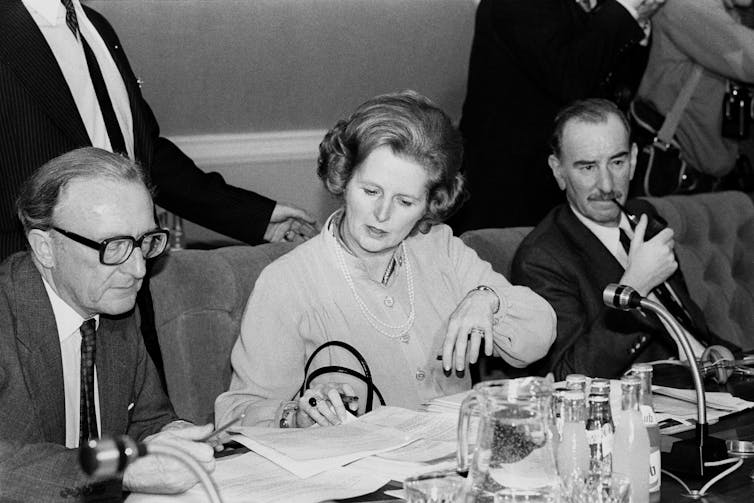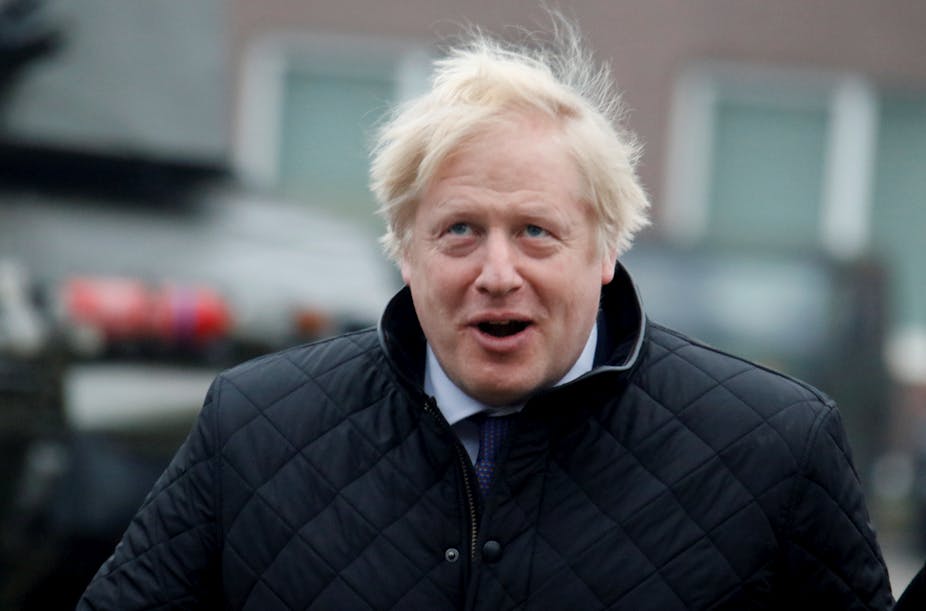Boris Johnson and the Conservatives routed Labour in the general election and one of the key reasons for this victory was the prime minister’s campaign rhetoric about “one nation” Conservatism. This phrase was coined by Benjamin Disraeli, the 19th-century Conservative prime minister who saved the party from long-term decline by starting the process of reining in the effects of free-market capitalism on British society.
In the modern era, one nation Conservatism means supporting the welfare state and investing in public services, particularly in health, education and social housing. The arch advocate of this was Conservative prime minister Harold Macmillan. In the 1959 election campaign, Macmillan claimed that his one nation policies had ensured that “our people have never had it so good”. Interestingly enough, he won that election with 365 seats, the same number as Johnson captured in 2019. Johnson needs to continue this tradition of moderate Conservatism if he is to sustain the party’s electoral success.
A look back at the relationship between Conservative vote shares in successive general elections since 1945 and the party’s score on a summary left-right ideology scale shows why.

A low score on the left-right scale indicates that the party shifted to the centre of the ideological spectrum. A high score indicates a shift to the right. From 1945 to 2017, there is a strong negative correlation (-.50) between the Conservative party’s vote and its ideological score (we don’t yet have data for 2019). Put simply, when the party moves to the centre of the ideological spectrum, it wins a larger percentage of votes.
It is evident that the Conservatives did particularly well electorally in the 1950s when Macmillan pursued his “one nation” policies. It did so again as it sought to recover from Tony Blair’s landslide victory for Labour in 1997, shifting towards the centre under successive leaders. This took a long time to achieve but after quietly moderating some of its austerity policies, the party finally won a modest majority under David Cameron in the 2015 election.
What about Thatcher?
The party swung hard right under Margaret Thatcher, the high point of this being the 1987 election manifesto. At first sight, the Thatcher era appears to contradict the idea that the party needs to seek the centre of the ideological spectrum, since she was anything but a “one nation” Conservative. But a closer look at this period reveals why right-wing policies were electorally successful at that time.
Thatcherism was made possible by Labour moving to the far left after it lost the 1979 election. This shift produced a decisive defeat for Michael Foot’s Labour party in the 1983 general election (which was almost as bad as Jeremy Corbyn’s loss in 2019). Emboldened by Labour’s 1983 debacle, Thatcher campaigned for the 1987 election on the most right-wing agenda of any governing party in the post-war period. Although the Conservatives won the 1987 election, this set the scene for Thatcher’s downfall following her thwarted attempt to impose a widely despised poll tax.
As is well known, Labour did not make itself electorally competitive until the 1990s, giving Thatcherism its chance to dominate British politics for nearly two decades. The temptation for many Conservatives at the present time will be to try to repeat this given the recent knockout blow to Labour. It would mean more cuts in public spending, tax cuts for the wealthy and for corporations, further privatisation of state assets, attacks on the welfare state, employment rights and trade unions.

One reason this strategy would be much riskier now for the Conservatives than in the 1980s is growing electoral volatility. As is well known, psychological attachments to the major parties have greatly weakened over time (see graph below showing trends in partisanship from 1964 to 2010). This means that the pursuit of Thatcherite policies by the Conservatives would likely bring a rapid adverse reaction among newly won former Labour supporters in the North and the Midlands. It would also risk the loss of ideologically moderate voters in all parts of the country.
This argument is premised on the proposition that Labour will come to its senses and try to shift to the centre in the next few years – something that is far from clear. If it continues on its current path, Labour could be unelectable for years to come. In turn, this could embolden the Conservatives to temper and perhaps abandon their commitment to “one nation” policies, believing that they have little to fear from an ideologically extreme and electorally enfeebled Labour party. Although such a move to the right might be tempting neo-Thatcherite Conservatives, the historical record testifies that it would be a potentially costly strategic error.

